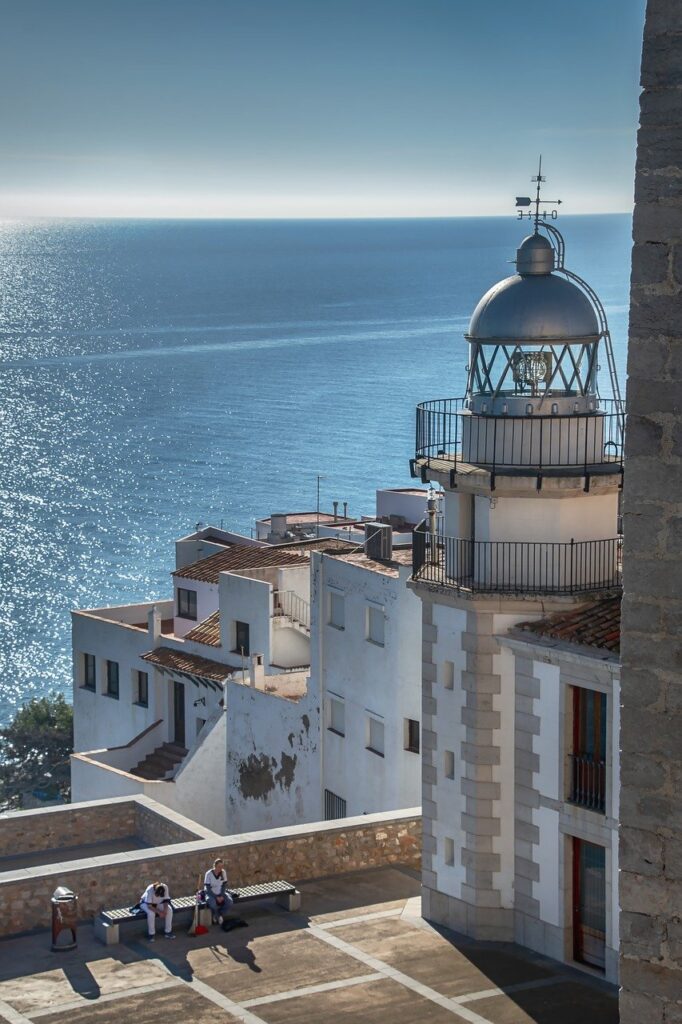MuskInfused Wine—What Sets It Apart
Musk doesn’t refer to the animalistic note in perfumery but to the aromatic intensity found in certain grape varieties, especially Muscat. Sweet wines that start with m (from classic Moscato d’Asti to regional muscadine) are naturally rich in these musky aldehydes. Some winemakers are now pushing these traits further, sourcing hyperfragrant grapes or even infusing postfermentation with botanicals for an amplified effect.
The goal: a wine experience that is not just sugary or floral, but unmistakably “musky”—heady, exotic, and full of layered aroma.
How Is MuskInfused Wine Made?
Grape selection: Muscat, Muscadelle, and sometimes muscadine (in the Southeastern U.S.) form the backbone of any sweet wine that starts with m. These grapes naturally contain compounds that yield a musklike, heady bouquet. Fermentation: Winemakers pause fermentation early to preserve natural sugars and sensitive aromatics. Infusion: Select producers add botanicals—such as damask rose, honeybush, or native “musk” herbs—postfermentation, introducing real depth rather than just sweetness. Aging: Stainless steel preserves freshness for lighter wines; oak or bottle aging can introduce deeper musk notes for the bold.
Tasting Notes: The Sweet Wine That Starts With M
Muskinfused wines, especially those based on muscat or muscadine, almost always deliver:
Nose: Explosive bouquet of orange blossom, wild rose, honeysuckle, lychee, and musky undertones—sometimes herbal, sometimes honeyed. Palate: Sweet up front with an oily, thick texture. Notes of peach, apricot, jasmine, and spice. Musk notes can taste slightly earthy, adding sophistication to the finish. Finish: Lingering, rounded, and often “perfumed”—leaving a sensation long after swallowing.
Serving the sweet wine that starts with m lightly chilled (not ice cold) highlights both aroma and sweetness.
Varieties—From Moscato to Muscadine
Moscato
The international standard for the sweet wine that starts with m. Italian Moscato d’Asti is low in alcohol, effervescent, and full of musky, candied fruit.
Muscat
Used globally for rich, sticky dessert wines—France’s Muscat de BeaumesdeVenise, or Australia’s classic Rutherglen Muscats.
Muscadine
Native to the American South. Muscadine wines, often deep purple or bronze, push the musky character even further—earthy, lush, and sometimes fortified.
Modern Infusions
Some urban wineries and boutique producers now create bespoke sweet wines with added botanicals (elderflower, rose petals) or by blending higharomatic muscat with a whisper of spices or locally foraged herbs.
Food Pairings
Muskinfused wines and sweet wine that starts with m are ideal with:
Citrus and stonefruit desserts—tarts, sorbets, panna cotta. Light cheeses—ricotta, goat, or triple cream. Spicy dishes—Indian, Thai, or Moroccan, where sweetness and musk tame the heat. Charcuterie and nuts—the musk stands up to savory, fatty textures.
Moscato with biscotti is classic; muscadine with honeyed cornbread is a Southern staple.
How to Choose the Best MuskInfused Sweet Wine
Origin: Italian and French muscats for floral elegance; American muscadines for bold, earthy musk. Alcohol level: Many are 5–7% ABV (easy sipping); some fortified variants top 16%. Producer: Look for boutique or “natural” winemakers exploring botanical infusions. Freshness: Young, bright muscats for aromatics. Older, oakaged muscats for complexity.
Myths & Misconceptions
Musk is always overpowering: Not true—wellmade muscat or muscadine wines are nuanced, never cloying. Only for dessert: Sweet wine that starts with m can open a brunch, pair with spicy meals, or stand in as an aperitif. All moscatos are the same: Infused or blended moscatos can be far more complex than cheap, massproduced bottles.
How to Serve
Chill your wine—45–50°F is ideal. Use a white or sparkling wine glass for aroma concentration. Drink within a year for young styles; sip slowly and savor older or fortified versions.
Top Brands and Bottles
Italy: Vietti Moscato d’Asti, Michele Chiarlo, La Spinetta Bricco Quaglia. France: Muscat de BeaumesdeVenise (Paul Jaboulet, Domaine de Durban). USA: Duplin Winery (NC), St. James Winery (MO), Stone Hill Winery (MO). Australia: Campbells Rutherglen Muscat.
Seek urban winemakers in your city—many experiment with daring infusions and smallbatch blends.
Final Thoughts
Muskinfused wine, anchored in the tradition of sweet wine that starts with m, is about more than just sugar. It’s a disciplined balance: powerful aromatics, lush texture, and just enough wildness to keep every glass interesting. These wines belong at the intersection of the approachable and the adventurous, giving classic sweetness a truly modern twist. Next time you’re browsing for something fragrant and unforgettable, let your curiosity—and your nose—lead you straight to a bottle of musky, sweet wine that starts with m.
